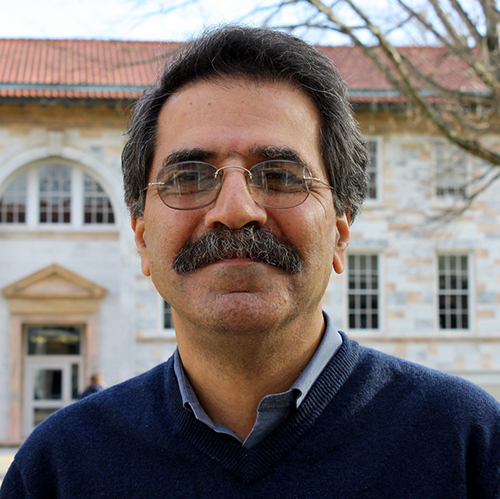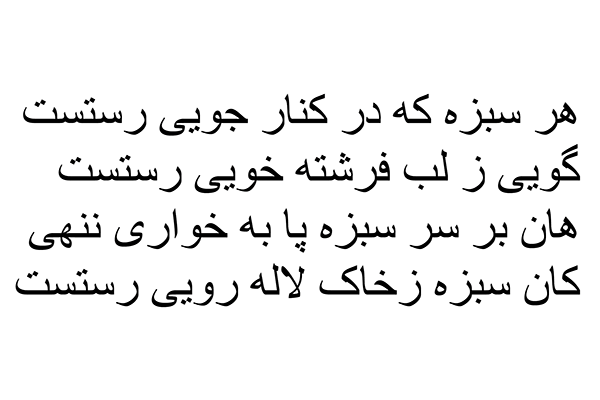Persian
A member of the Indo-Iranian branch of the Indo-European family, this language is called New Persian to distinguish it from Old Persian, the language of the Achaemenid Empire (6th-4th centuries B.C.), and from Middle Persian, the language of the Sassanids (3rd-7th centuries A.D.). In its present form Persian emerged during the tenth century of our era and, with the exception of certain items of vocabulary and a very few features of grammar and syntax, has changed remarkably little since the tenth and eleventh centuries. In its classical form, Persian became the language par excellence of poetry and mystical expression and, especially after the Mongol invasion of the thirteenth century, was the medium of culture and literature throughout the non-Arab Islamic world.
From Constantinople to Bengal and from Central Asia to the south of India, Persian reigned for centuries as the language of high culture and belles-lettres. At present Persian, called Farsi, is the official language of Iran, and, although there are large areas of Iran where Persian is not the mother tongue (Azerbaijan, Kurdistan, Luristan, e.g.), it is spoken by almost everyone. In Afghanistan, where it is often called Dari, it enjoys official status along with Pashto and is spoken by all educated persons. Called Tajiki, it is the language of Tajikistan, where it is written in the Cyrillic alphabet. Half of the population of Uzbekistan is still speaking Persian.

